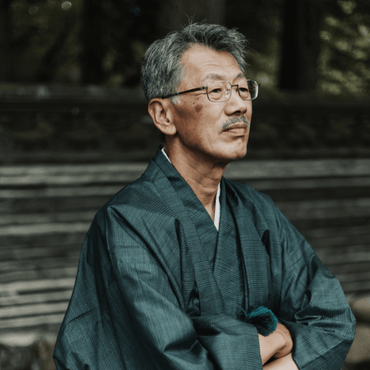Crafting Technique [Oribe]


Deep captivating green
When held up to the light, Oribe shines with an emerald green hue.
Up close, its vivid, beautiful, and deep green color is mesmerizing.
This non-uniform color changes expression depending on the viewing angle, possessing a beauty that you can gaze at endlessly.
Oribe pairs exceptionally well with flower arrangements, completing the piece and evoking the image of a single flower blooming in a meadow or forest.


Son's Oribe pieces are blended with the rare Mogusa (百草) clay.
Oribe pieces with the texture of Mogusa clay visible within their vibrant colors.
It is said that Oribe ware was created by the warrior tea master Furuta Oribe, a disciple of Sen no Rikyū.
Oribe ware is known for its deep dark green color, which captivated people of the time with its rich hue.
The beauty of the glaze and the texture of the clay underneath can both be appreciated, offering a tactile and visual experience that is the charm of Oribe.
Son’s works capture and express the beautiful nature of Japan as an inner landscape.
These pieces are crafted to enrich the heart even amidst a busy life.
They can be enjoyed just as much as a standalone display without flowers.
100 days of pottery making process
The approximately 100-day pottery process until the completion of the vessel results in a unique creation born from various encounters and experiences.
Oribe flower vase

Oribe flower vase
When held up to the light, Oribe shines with an emerald green hue.
Up close, its vivid, beautiful, and deep green color is mesmerizing.
This non-uniform color changes expression depending on the viewing angle,
possessing a beauty that you can gaze at endlessly.
Oribe pairs exceptionally well with flower arrangements, completing the piece and
evoking the image of a single flower blooming in a meadow or forest.
Son’s works capture and express the beautiful nature of Japan as an inner landscape.
Even amidst a busy life, these pieces are crafted to enrich the heart.
They can be enjoyed just as much as a standalone display without flowers.
Oribe Tsubo

Oribe Tsubo
Oribe Tsubo are characterized by their beautifully shining emerald green glaze, with a luster and depth that change expression depending on the viewing angle.
This characteristic breathes new life into the Tsubo and imparts a quiet charm to the entire space.
The natural flow of wind and rain from the mountains, forming rivers that eventually reach the sea.
Son captures and expresses such transitions in Japan’s nature as an inner landscape.
Oribe Tsubo are masterpieces that symbolize Japanese aesthetics and tradition, possessing the power to transform the atmosphere of a room.
Oribe plate

Oribe plate
When held up to the light, Oribe shines with an emerald green hue.
Up close, its vivid, beautiful, and deep green color is mesmerizing.
This non-uniform color changes expression depending on the viewing angle, possessing a beauty that you can gaze at endlessly.
When dishes are plated, this deep green enhances the presentation, highlighting the presence of the food.
The Oribe plate not only accentuates the food but also evokes the lush green nature of Japan's beautiful original landscapes after the meal.
Oribe sake vessel

Oribe sake vessel
Up close, its vivid, beautiful, and deep green color is mesmerizing.
The non-uniform color visible after pouring sake changes expression depending on the viewing angle, possessing a beauty that you can gaze at endlessly.
Son’s works capture and express Japan's four seasons and natural beauty.
The Oribe Shunomi evokes a profound sense of drinking surrounded by Japan's beautiful nature.
How to use and care for your utensils


Wipe off the water with a soft cloth or kitchen paper.

Sun-dry for 2 hours, or if the weather is bad or drying indoors, dry for 12 hours.
The bottom (foot) of the matcha bowl is where you can directly feel the rare clay, but it can absorb water.
To prevent mold, please complete the drying process as outlined in STEP 3.











